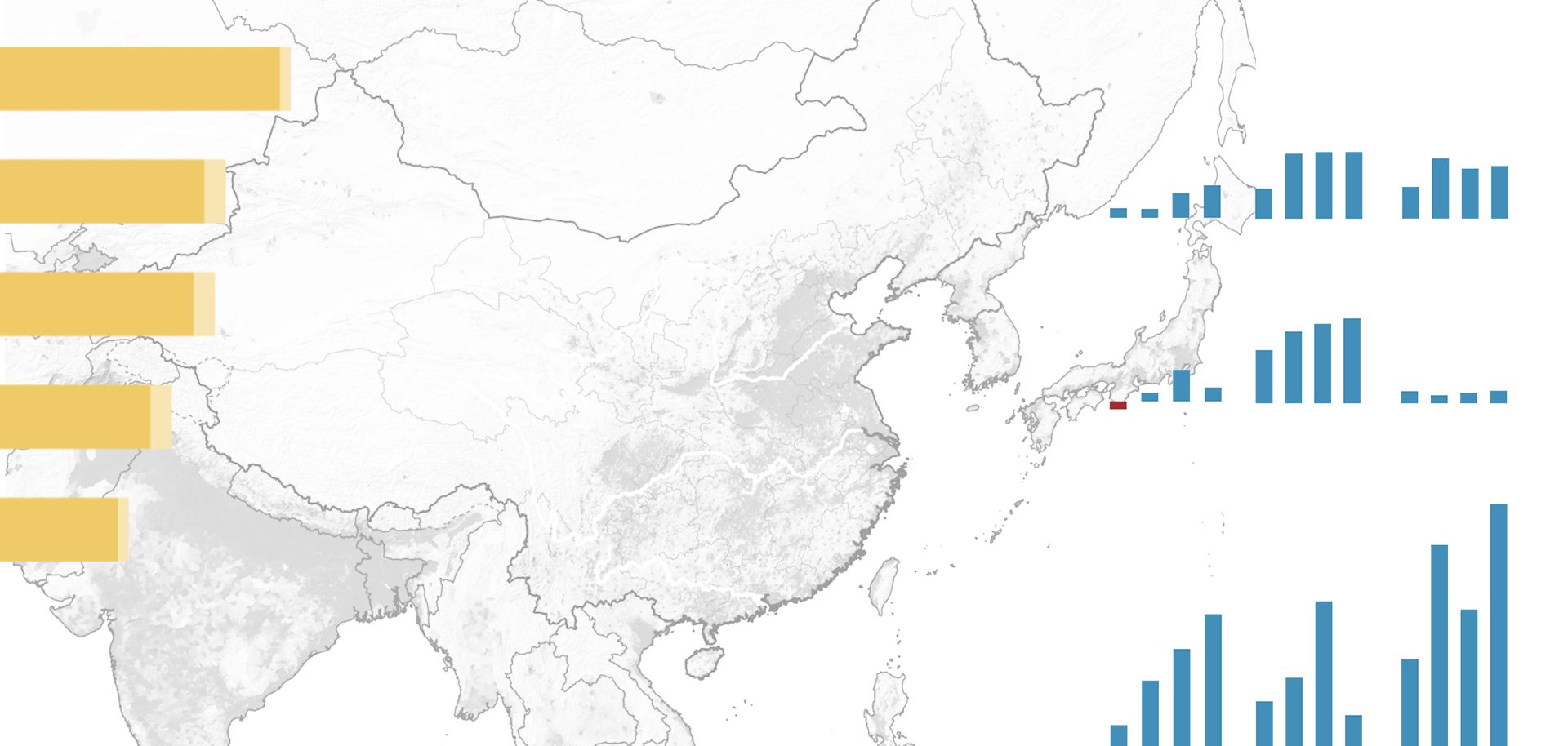
Spain's 1492 voyage to the Americas and subsequent colonization changed Europe indelibly by the 17th century, and, as the vanguard of settlement in the New World, Spain and Portugal were the clear winners. Precious metals began to flow into Iberian government coffers from American mines, especially the Spanish-owned silver mine in Potosi, in significant amounts beginning in 1520, with a major uptick after 1550. Traditionally a resource-poor and fragmented nation, Spain now had a reliable revenue source to fund its global ambitions.
In the 1600s, a group of Puritan leaders in England's parliament, who would later play a pivotal role in the English Civil War, focused their attention on the geopolitical factors that were troubling the country. Issues of finance and Spanish power were at the core. The leaders decided to establish a set of Puritan colonial ventures in the Americas that would simultaneously serve to unseat Spain from its colonial empire and to enrich England, tipping the geopolitical balance.
England lagged far behind Spain and Portugal in the Americas. The Iberian nations had established a strong hold on South America, on Central America and on the southern portions of North America, including the Caribbean. To counter Spanish rule, the English decided to establish a colony on Providence Island, which is located off the Caribbean coast of modern-day Nicaragua and is now a part of Colombia.
In the short run, Providence was a base of operations, but in the long run it was to be a launchpad for an ambitious project to unseat Spain in the Americas and take Central America for England. In keeping with Puritan ideals, Providence was to be the same sort of "godly" society as Massachusetts Bay and Plymouth, just a more profitable one. Providence Island would enable the English to harry Spanish ships, to bring in profit to end disputes with the crown and to bolster the Protestant position in the Thirty Years' War. But while Massachusetts Bay would succeed, Providence would utterly fail.
In 1641, the Spanish invaded and ended English settlement on the island, which subsequently became a Spanish military depot. The Puritans left little legacy there. New England, however, flourished. It became, in time, the nearest replica of English political life outside of the British Isles and a key regional component of the Thirteen Colonies and, later, the United States. It was the center of an agricultural order based on individual farmers and families and later the United States' early manufacturing power.



